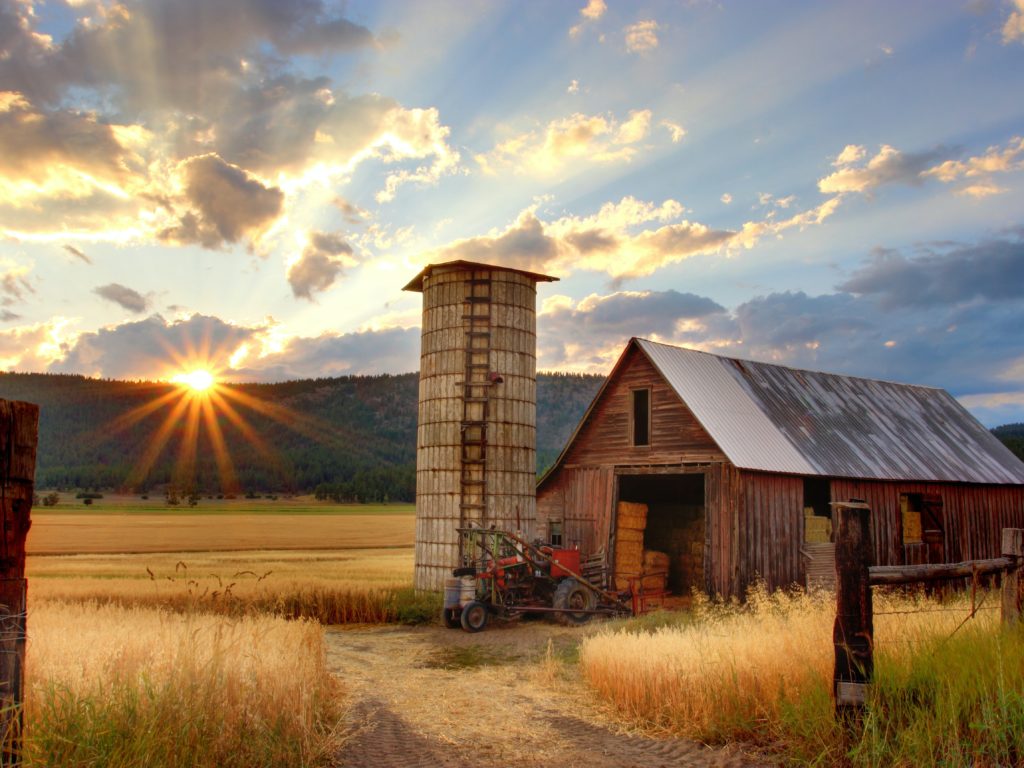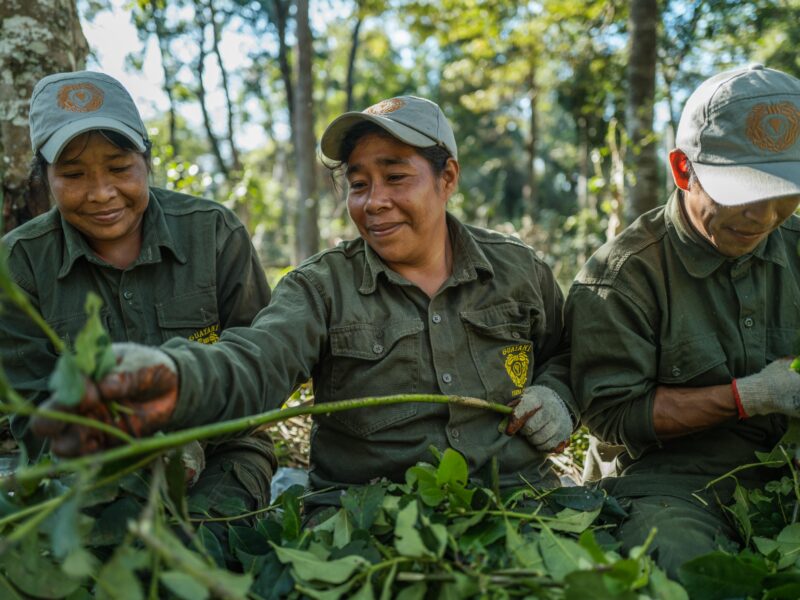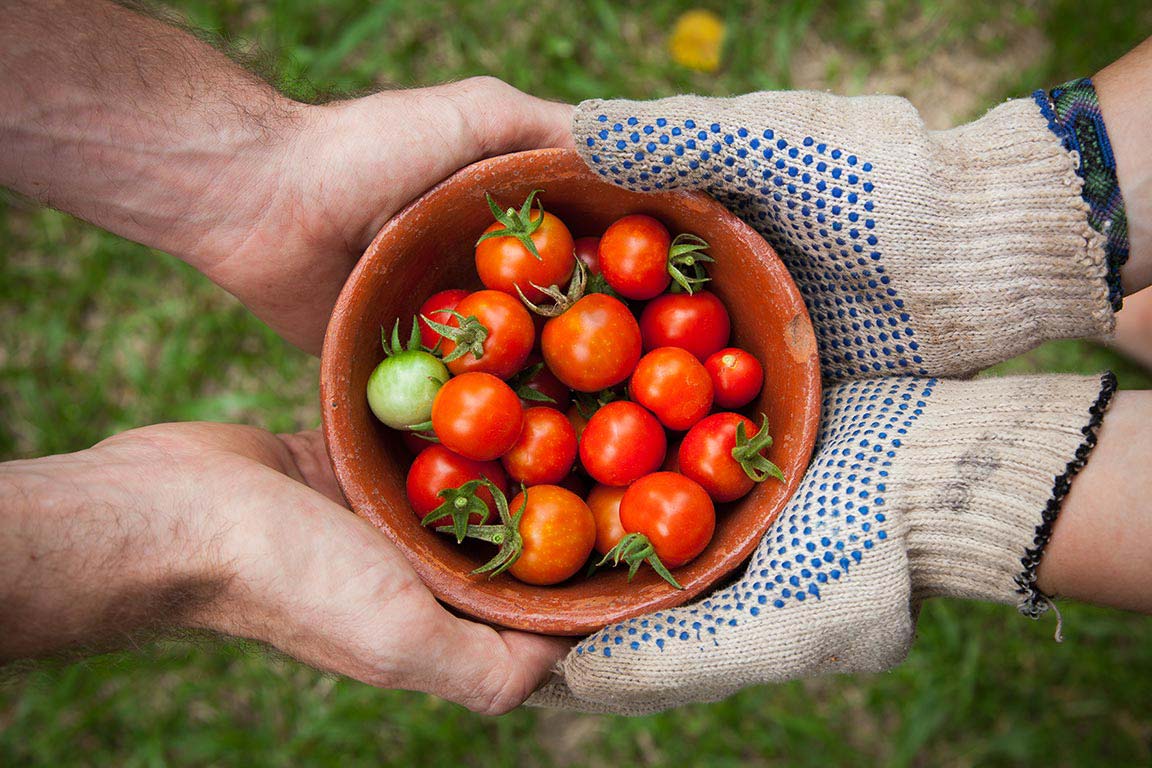Spring Born is a 2.5-acre greenhouse that is capable of growing 10,000 packs of arugula and green and red leaf lettuce per day—all while using 95 percent less water and 90 percent less land than larger, big-name competitors like Dole. For organic farmers, weeds have always been the bane of organic no-till management. But farmers have a few new tools and strategies to help curb weeds and improve soil health using no-till farming. Three organizations have recently come together to extend technical resources, financial assistance, and direct market access to historically underserved California farmers — especially Latinx and other farmers of color — in farming regions including Central California while boosting the amount of the state’s farmland used to grow organic produce. The organic market in Europe continues to grow; it increased by a whopping 15 percent to 52 billion euros in 2020. Numerous markets recorded double-digit growth rates. Organic farmland has also grown. The U.S Department of Agriculture’s Agricultural Marketing Service and it’s National Organic Program, have announced a public listening session for stakeholders to share their recommendations on the organic program’s rulemaking priorities and outstanding recommendations received from the National Organic Standards Board.
USDA announces public comment session for input on organic program
The U.S Department of Agriculture’s Agricultural Marketing Service and it’s National Organic Program, have announced a public listening session for stakeholders to share their recommendations on the organic program’s rulemaking priorities and outstanding recommendations received from the National Organic Standards Board.
The session is scheduled to be held virtually on Monday, March 21, 2022, from 1 p.m. to 3 p.m. Eastern time. The deadline to sign up to make oral comments during the meeting is Feb. 28. Written comments will be accepted through March 30, 2022.
New Partnership Helps Underserved California Farmers Go Organic
Three organizations have recently come together to extend technical resources, financial assistance and direct market access to historically underserved California farmers — especially Latinx and other farmers of color — in farming regions including Central California while boosting the amount of the state’s farmland used to grow organic produce.
https://www.triplepundit.com/story/2022/partnership-california-farmers-organic/737711
Inside Colorado’s Largest Organic Indoor Farm
Spring Born is a 2.5-acre greenhouse that is capable of growing 10,000 packs of arugula and green and red leaf lettuce per day—all while using 95 percent less water and 90 percent less land than larger, big-name competitors like Dole.https://www.5280.com/2022/02/inside-colorados-largest-organic-indoor-farm/
Organic No-Tillers Have Weed Management Options
Weeds have always been the bane of organic no-till management. But farmers have a few new tools and strategies to help.
Organic market reaches 52 billion euros, organic acreage now at over 17 million hectares
The organic market in Europe continues to grow; it increased by a whopping 15 percent to 52 billion euros in 2020. Numerous markets recorded double-digit growth rates. Organic farmland has also grown.









